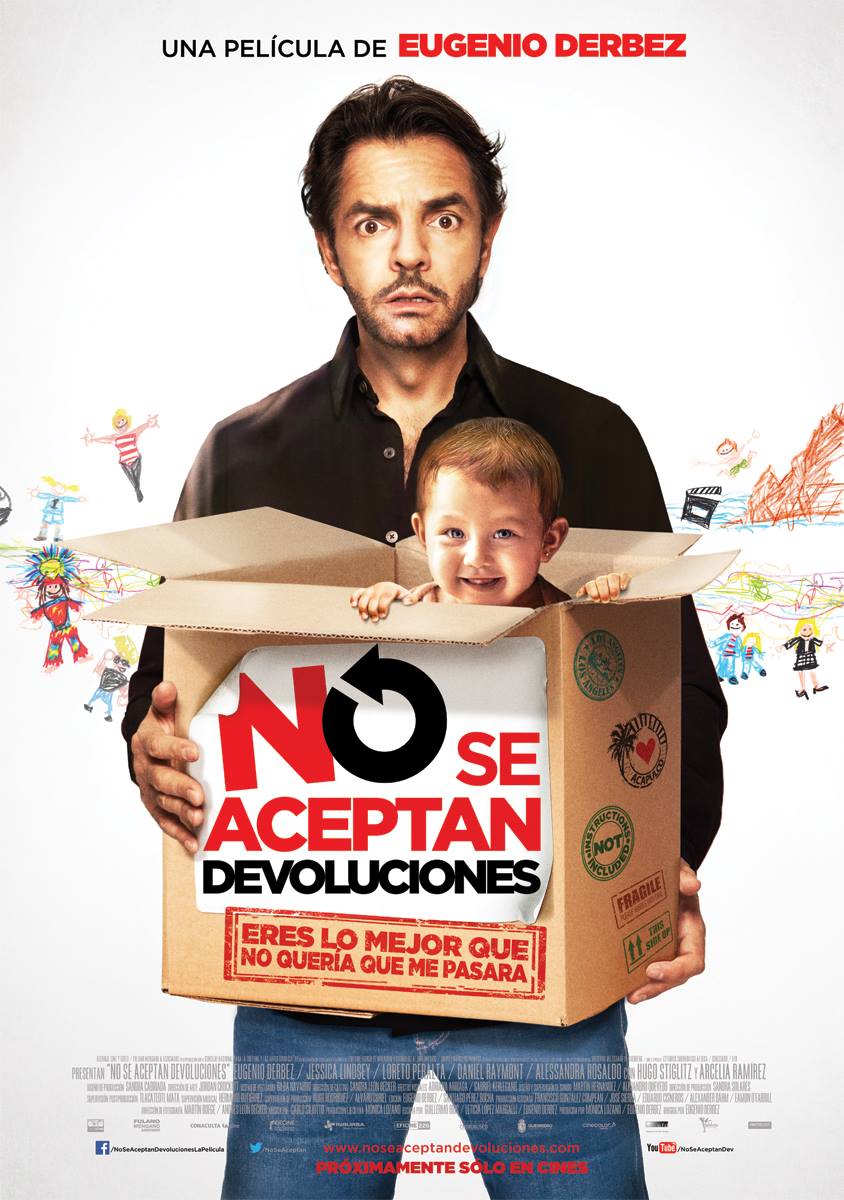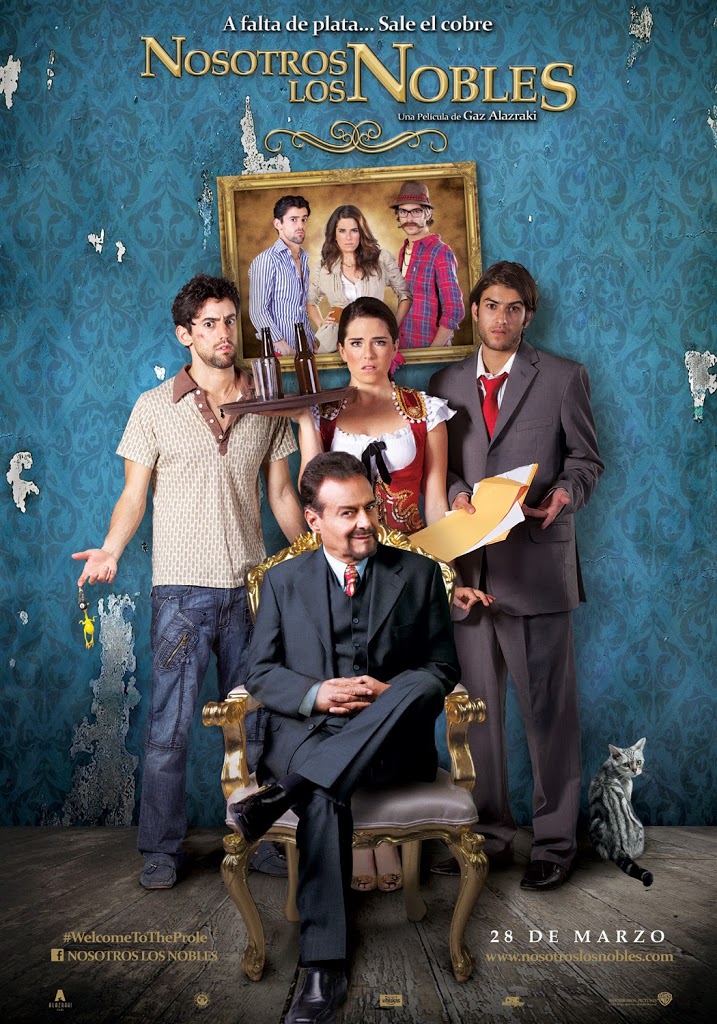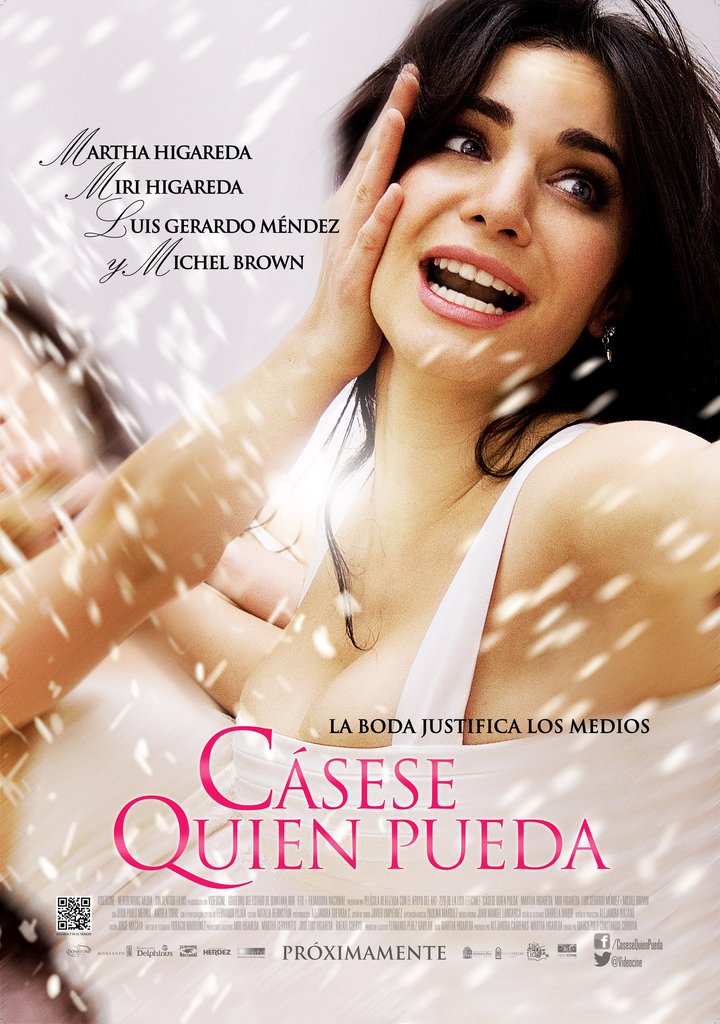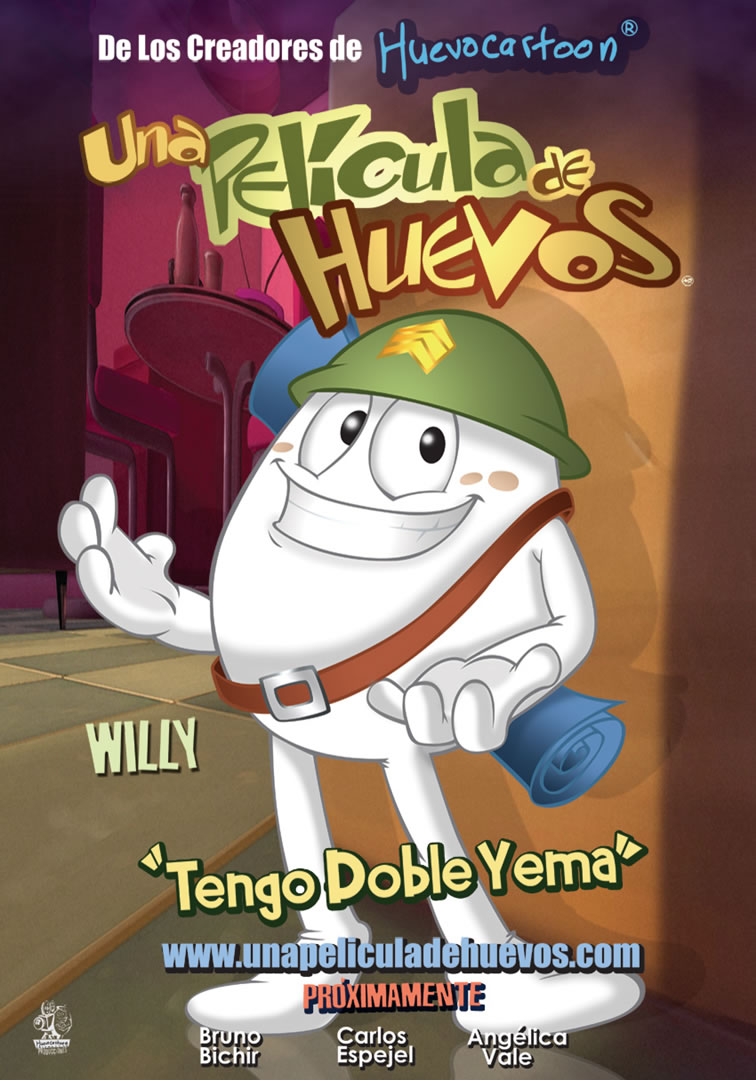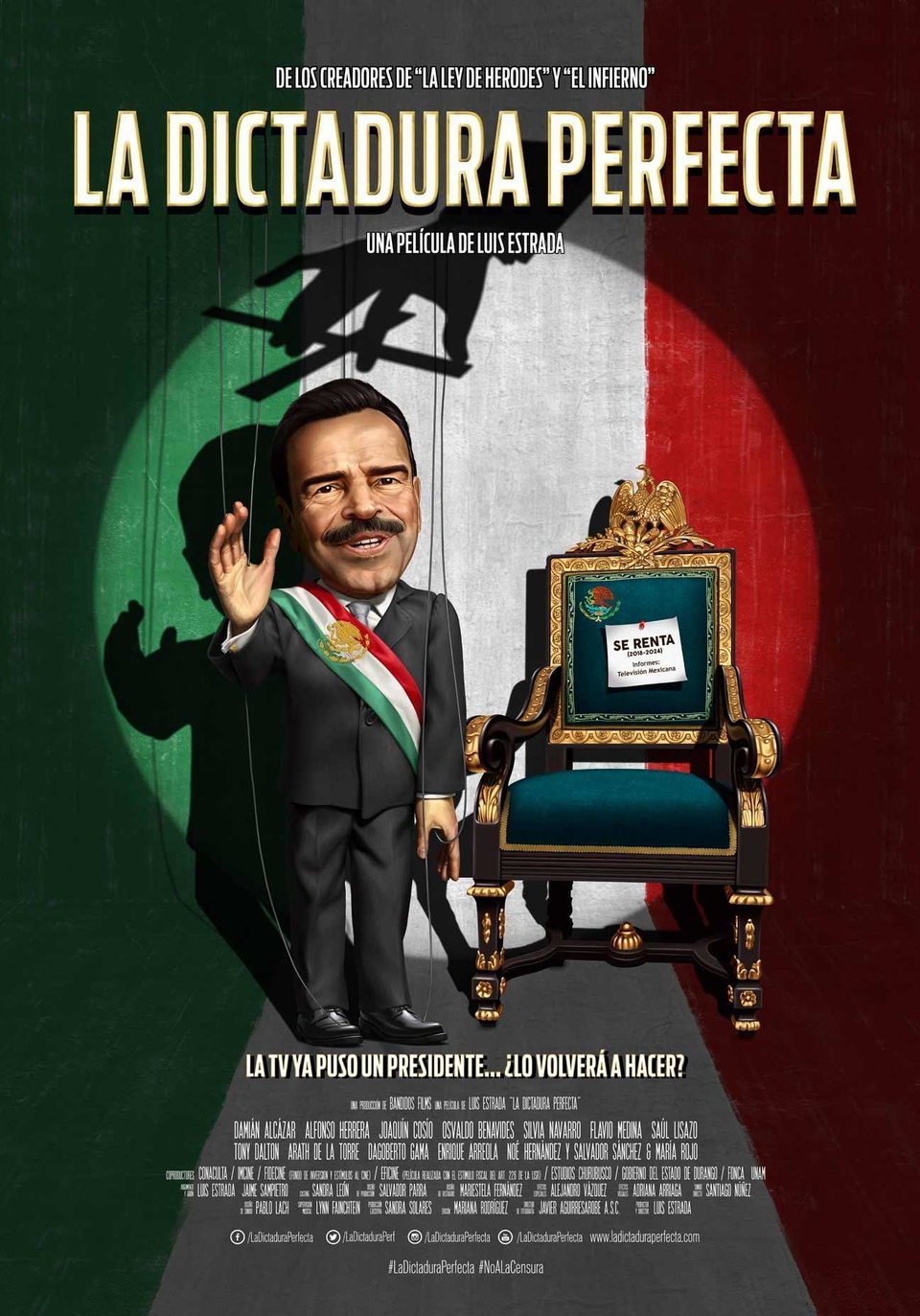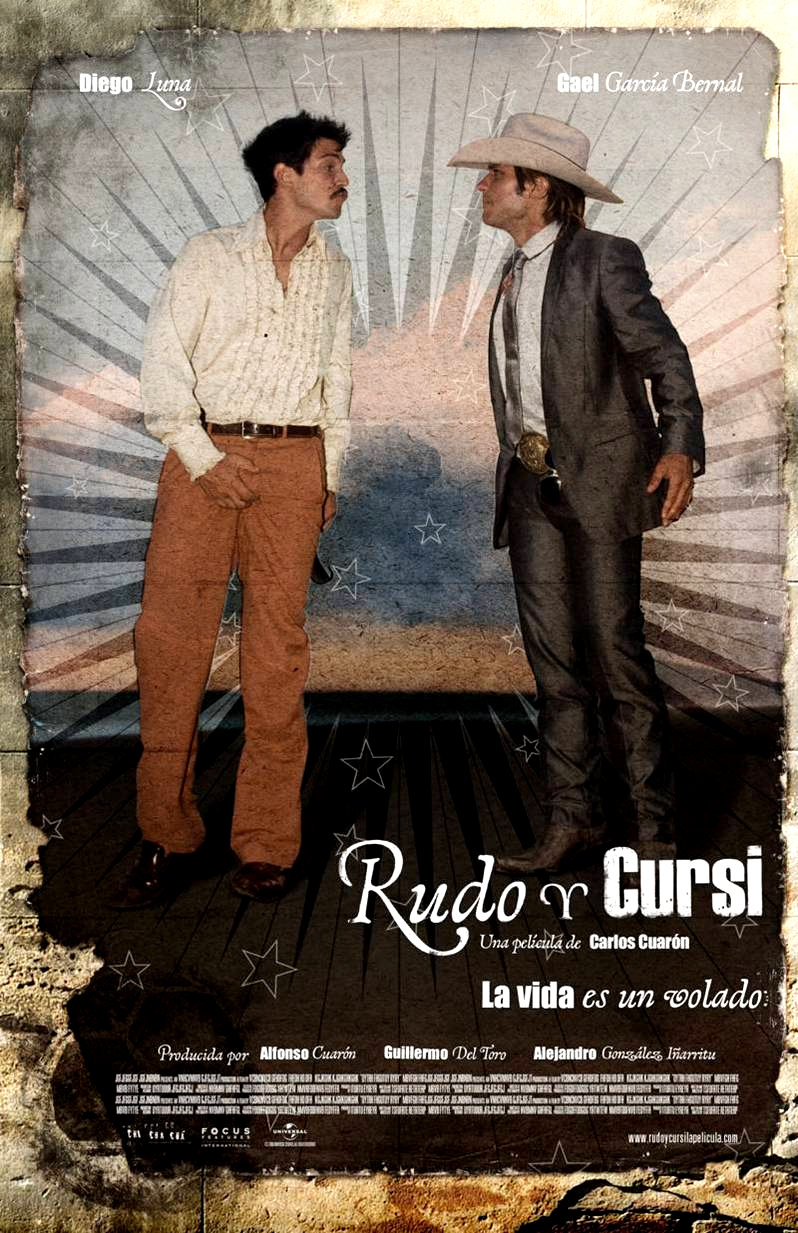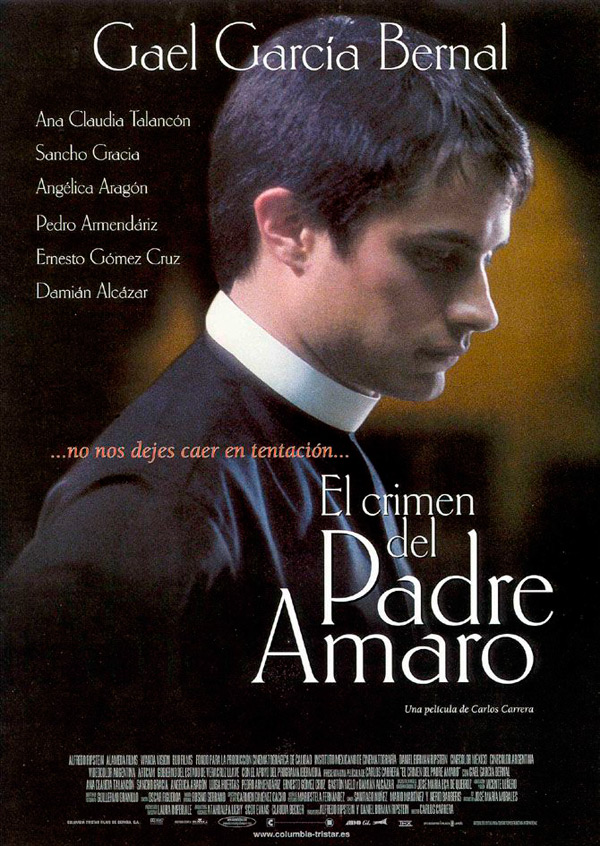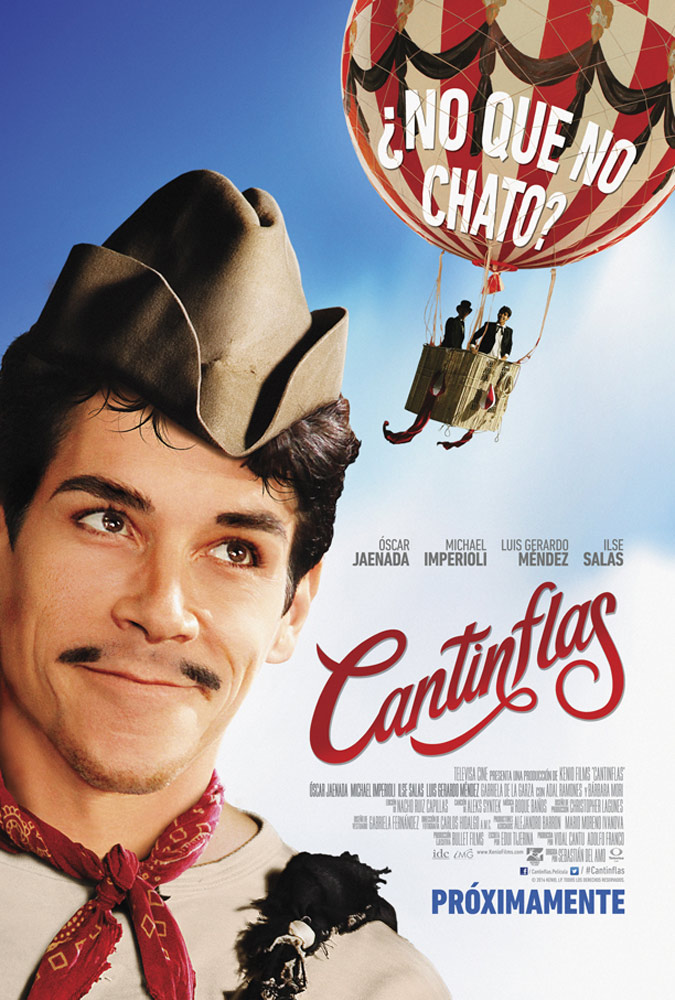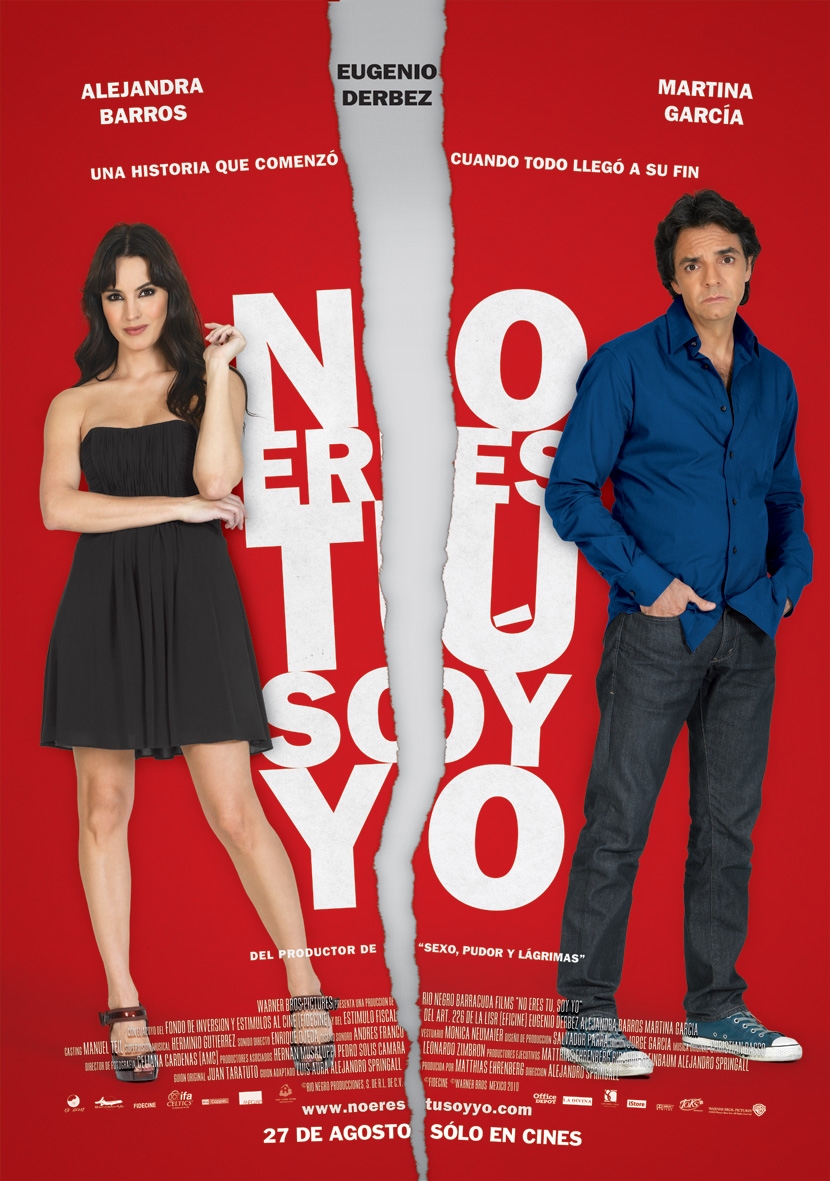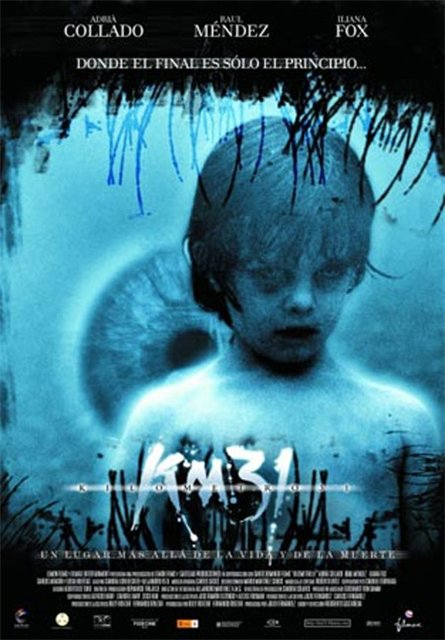 TropicalFRONT Reporter Diego Molano interviewed acclaimed Colombian artist Juan Manuel Echavarría (pictured), on his evocative documentary film, Réquiem NN, in which a community defies the culture of violence by keeping alive the memory of the disappeared, which is currently playing at the Museum of Modern Art in New York City.
TropicalFRONT Reporter Diego Molano interviewed acclaimed Colombian artist Juan Manuel Echavarría (pictured), on his evocative documentary film, Réquiem NN, in which a community defies the culture of violence by keeping alive the memory of the disappeared, which is currently playing at the Museum of Modern Art in New York City.
Where did the idea from the film come? I got the feeling this was a project that too around six years. So, how did this project get started?
It all started in 2006. I think it was October of 2006. I read about the miraculous tombs of the NN’s (unidentified corpses) in Puerto Berrío, Antioquia, in the Magdalena Media. I’ve been studying the violence in my country with photography as a tool, and art, since 1995, ’96. So when I read about these somehow miraculous tombs of unnamed victims in Puerto Berrío, I said to myself, I have to go. And I got there in November of 2006. In that initial visit, I saw that all of November – I actually had no idea – all of November was dedicated to the animas. It’s the month dedicated to the animas in the Catholic calendar. And in Puerto Berrio, every night at midnight, there’s a procession. I was able to witness this procession. That was the first time in my life that I met someone called an “animero”. And the animero, as you saw in the film, invites people to come into the cemetery at midnight, and brings the animas out of their tombs so they can be with the living. I was so intrigued by this ritual. I had never heard about it anywhere else in the world, or anywhere else in Colombia for that matter. In that first visit I saw that, and I saw a shocking number of NN’s buried. When I left Puerto Berrío, I said to myself, I have to come back. And when I went back a second time, I have to come back, and the third time and I kept coming back and coming back – I had to analyze this deeper. It’s been seven years that I’ve been studying Puerto Berrío, through my camera, and through art. And all of a sudden, I realized, my photographs are one thing, but I needed give visibility to the people that adopted these NN’s. That necessity to give visibility to these villagers, and to this very particular ritual, was what gave birth to this film.
 Even within the film, you don’t lose the thread of photography. You blended your photography into the film in the form of slideshows, creating a feeling of timelessness in Puerto Berrio – like it was frozen in time.
Even within the film, you don’t lose the thread of photography. You blended your photography into the film in the form of slideshows, creating a feeling of timelessness in Puerto Berrio – like it was frozen in time.
Yes. At one point I thought about speaking, narrating in the film. But I decided I didn’t want to introduce myself into this film. Instead, I’d do my narration through the photographs that I’d taken over six or seven years. Hundreds… lets say it was Juan Manuel’s narration as an artist, through photography, that I felt complimented the story.
It was very well executed. I also wondered about your choice in not naming the protagonists of the documentary until the credits. Was this an aesthetic choice to link them a little closer to the NN’s?
Well, I didn’t want to create a journalist piece. I didn’t want to introduce them. My name is… Diego, my name is Juan Manuel, I do this or that. I didn’t want journalism in the film. I wanted the story to be told through art, and in many cases through silence. There are many silent moments in the film. For me, the moments of silence were supremely important in the crafting of the film, because it can be so intense. The silences open space so that the observer and reflect on what they are watching, so they can think.
 How did you meet the people you placed at the center of the film, like the woman who was looking for her son and daughter?
How did you meet the people you placed at the center of the film, like the woman who was looking for her son and daughter?
Yes, Blanca Nury Bustamante. I had a wonderful moment in Puerto Berrío – a very special moment. When they were going to open the Casa de Cultura, in November of 2010, and they invited me to come and present my photographs. There were a growing number of people who knew me, and knew that I’d been coming to Puerto Berrío, documenting the tombs of the NN’s, photographing them. They were opening this cultural space and they asked me to present my photographs at the inauguration. I found it so interesting because in photography, one takes from the subject. And here I was, giving back to the town what I had taken in those photographs. I made a massive mural, and I had to chance to meet many people I hadn’t met before. It was there that I met Blanca Nury Bustamante. And as we conversed, as she told me her story and we began to get to know each other, I realized that she had to be the protagonist of this film. She has such a strong story, such a powerful story to connect us. I wanted her voice to be heard. Puerto Berrío is a place that has suffered so much violence, for so long. Cycles of violence since the 50’s, since the bipartisan war. In Puerto Berrío there is a necessity for the victims to speak, and not just to speak, but also to be listened to. And Blanca Nury said to me “Hopefully someone who sees this film, can give me information of where my children are.” It was an act of hope for her, participating in this film.
Do you know if there have been any leads because of the film?
The documentary has barely been seen. It’s only just now spreading its wings to fly. Lets hope its seen in many places, because what I want is for this film to get out on the internet, that it isn’t just in film festivals or at the MoMA, but for it to go further, so that as many people as possible can see it. Perhaps, one doesn’t lose hope. She doesn’t lose hope. Like she said “ Until I truly know that my children are dead, I don’t lose hope of finding them alive.”
 When you were researching the NN’s did you come across anything that explained why they were labeled “NN,” as in “no name”, instead of maybe “SN” for “sin nombre”? Why were the English words used?
When you were researching the NN’s did you come across anything that explained why they were labeled “NN,” as in “no name”, instead of maybe “SN” for “sin nombre”? Why were the English words used?
Yes, yes. “NN” comes from Latin. I can’t remember the exact word, but translated into Spanish it is actually “Ningun Nombre.” Which works well with “No Name.” It was a lucky coincidence. Here in the U.S they call them Jane and John Doe. NN is a category, isn’t it? And in Puerto Berrío, the act of adopting these bodies, of giving them names, takes them out of that category, and gives them their humanity back. It’s an act of dignity, with those bodies, and pieces of bodies that float down the river.
Tell me a little about how the funding for this feature came about. I saw in the credits that you had the support of an institute.
No, I opened a foundation called “Fundación Puntos de Encuentro.” It was through this foundation that I was about to find funding for the film. It’s a co-production between this foundation and Lulo films. I didn’t want to be tied to anyone. I didn’t want to be under contract with, for example, Discovery channel, who may or may not have been interested in the topic – but I didn’t want anyone to tell me how to make the film. With the film, I had three editors, and it wasn’t until I was working with the last one, or the last two editors to really find my voice, the voice I’ve been developing over the last 17 years of studying the war in my country. So it had to be a film that was completely in line with my language, my way of showing the violence.
 Do you have any projects planned for the future? Maybe something else related to violence?
Do you have any projects planned for the future? Maybe something else related to violence?
Yes. For the last three years I’ve been studying a zone called Montes de Maria, a large area where there was an incredible amount of forced displacement. I’m photographing abandoned schools in very remote areas –the chalkboards, what memories are left in those chalkboards. I’ve been working on that project for a few years now. Back to Requiem NN, it is very interesting that the group working on historical memory, which has done a fantastic job with so much research, they tell that forced disappearances I Colombia, is one of the least discussed topics in regards to studying the violence that our nation has gone through for so many years. I wanted to make forced disappearances visible. And I’ll tell you something very troubling – Colombia, the Colombian state, qualified forced displacement as a crime against humanity only in 2001. And we’ve been disappearing people since the 50’s and even before then. And only in 2001 does the Colombian state decide to qualify this as a human rights violation. It’s an aberration. It turned it back on this. But the people of Puerto Berrío didn’t turn their backs on these dead. And they even bring these bodies into their town. These aren’t their dead, the river brings them there, but they still accept them. I think it’s an incredible and unique story.
 Do you think Colombia can ever have the catharsis that the Southern cone is having now, with all these war criminals being tried?
Do you think Colombia can ever have the catharsis that the Southern cone is having now, with all these war criminals being tried?
I think we can get there if we have real… if we are told the truth. We have to be tol the truth. And there has to be reparations. In 2001 I made a video called Guerra y Pa’ (War and Peace). Its about 2 parrots, trained in the town of Baru, after the failure of the peace talks between the FARC and the Andres Pastrana administration. After seeing these failed peace talks, where some people said “War”, and others “Peace”, back and forth, I thought to myself, well this is just like a pair of parrots, reciting the words without really grasping the concepts. So, I took two parrot chicks to Baru, to a trainer, Bonifacio Pacheco. I asked if he could train one parrot to say “Guerra” (war) and the other “Paz” (peace). I should mention Bonifacio is from the coast. Eight months later, he tells me, Juancho, the birds are speaking. When I get there, I saw that, because of his accent, the birds say Guerra y Pa’. In the process of editing the video, I realized, peace is an incomplete concept. Not just in Colombia but all over the world. So it really is Pa’. Somebody asked me, what can we do to get to pa’ to paz? And I thought, it has to be with real reconciliation.
Any last thoughts on Réquiem NN?
Yes. I think that, individually, this concept of asking the animas for favors, , this a utilitarian act – help me with the lotto numbers, or help me build my house. But I feel that collectively, it is a ritual that says to the perpetrators of the violence that, here, in Puerto Berrío, we will not let you simply disappear your victims. Here, we will take them, we will bury them, we ask them for favors, we will take care of their tombs, we will give them names – sometimes even our family names. We take your victims, and make them part of us. I think it’s a ritual of resistance against perpetrators of violence.
Requiem NN is playing at MoMA through October 14th.


 To Save and Project, The Museum of Modern Art's international festival of film preservation, celebrates its 11th year with two Argentinean additions, the restored 35mm prints of the directorial debuts of two of South America's most influential filmmakers:
To Save and Project, The Museum of Modern Art's international festival of film preservation, celebrates its 11th year with two Argentinean additions, the restored 35mm prints of the directorial debuts of two of South America's most influential filmmakers:  Alonso's La Libertad (pictured right) follows a day in the life of a migrant woodcutter absorbed in his ceaseless labor and the sun-bleaches pampas where he works in unmitigated solitude. According to MoMA "the impact of Alonso’s feature film debut, and subsequent films like Los Muertos and Liverpool—with their beguilingly spare, sensuous, and enigmatic confusion of fictional and nonfictional elements—continues to be felt not only in contemporary Argentine cinema but far beyond."
Alonso's La Libertad (pictured right) follows a day in the life of a migrant woodcutter absorbed in his ceaseless labor and the sun-bleaches pampas where he works in unmitigated solitude. According to MoMA "the impact of Alonso’s feature film debut, and subsequent films like Los Muertos and Liverpool—with their beguilingly spare, sensuous, and enigmatic confusion of fictional and nonfictional elements—continues to be felt not only in contemporary Argentine cinema but far beyond."

 Due to continued protests in the area, Tuesday evening's premiere of another 70s themed film, Tatoo / Tatuagem, (pictured above right), was moved from the Odeon to a different venue and postponed till midnight. Fortunately this did not discourage the Rio film crowd who turned out in full force and were treated to what was so far, along with Marcelo Gomes and Cão Guimarães' hypnotic feature The Man of the Crowd / O Homem das Multidões (pictured left), the highlight of the Premiere Brazil selection.
Due to continued protests in the area, Tuesday evening's premiere of another 70s themed film, Tatoo / Tatuagem, (pictured above right), was moved from the Odeon to a different venue and postponed till midnight. Fortunately this did not discourage the Rio film crowd who turned out in full force and were treated to what was so far, along with Marcelo Gomes and Cão Guimarães' hypnotic feature The Man of the Crowd / O Homem das Multidões (pictured left), the highlight of the Premiere Brazil selection.